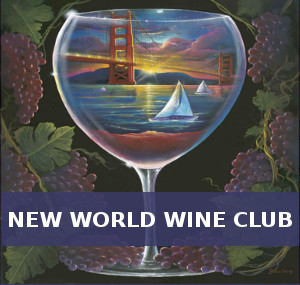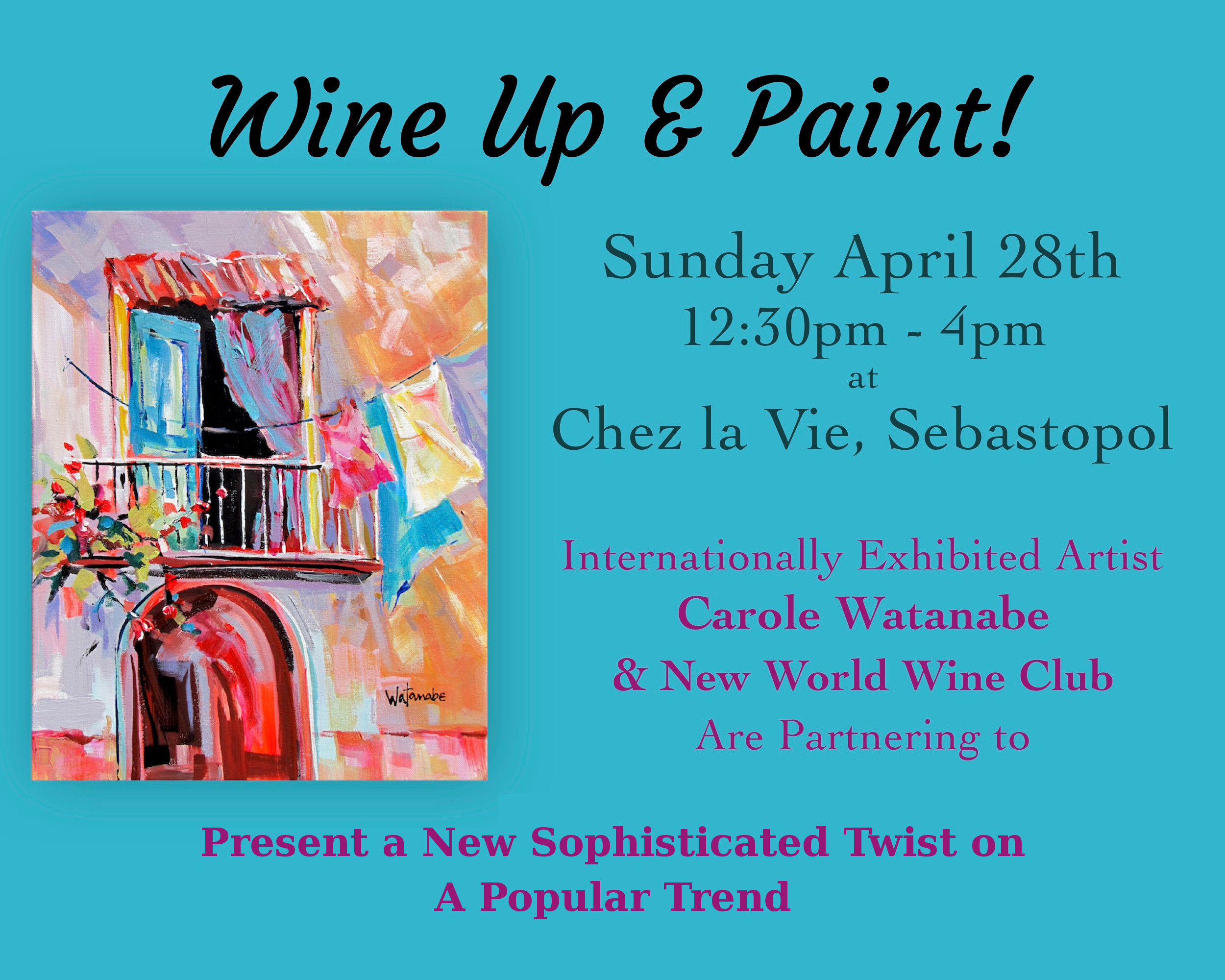She flew into my arms, even though trapped within a tall green bottle with only her eyes visible through that cloudy glass. She appeared coy and shy and was elusive because she had been ostracized for a hundred years. Those who knew the green fairy less intimately called her by her more formal name, Absinthe.
She was exiled from civilization because she was publicly associated with violent crimes, social disorder, crazy and criminal activities and was even held responsible for causing epilepsy and tuberculosis. She transformed mild men into ferocious beasts and turned women into wanton whores. She was portrayed as dangerously psychoactive and produced violent hallucinations, ruined families and destroyed countries. Yet she was loved by Charles Baudelaire, Henri de Toulouse-Lautrec, Amedeo Modigliani, Edgar Degas, Vincent Van Gogh, Oscar Wilde, Aleister Crowley, Mark Twain, Franklin Roosevelt, Pablo Picasso and Frank Sinatra. By 1898, she had worn out her welcome across the world and began to disappear into the long night. In 1912, the United States said its final goodbyes to her. It wasn’t until 2000 that she was welcomed back. Has she been reformed or rehabilitated? Has she changed in any way? Well, I guess, it’s time to open the bottle and see.
By the way, all the talk of hallucinations and insanity can actually be traced to the alcohol content of Absinthe which is generally around 62% alcohol by volume which equals 124 proof. When you consider that most hard liquor is 35% to 50% alcohol by volume or 70 to 100 proof, this stuff rocks. There are only two spirits more potent: Bacardi 151 rum at 151 proof and Everclear at 190 proof which is as potent as it gets because simple distillation cannot remove the remaining water. The wormwood in Absinthe was also a suspect cause of insanity but that has proven erroneous.
Absinthe is simply a distillation of neutral alcohol and various herbs and water. Traditional absinthes were redistilled from a white grape spirit (eau de vie), while lesser absinthes derived their alcohol from grain, beets, or potatoes. The principal botanicals are grande wormwood, green anise, and florence fennel, which are often called “the holy trinity”.
This green fairy was created by Lucid in the Loire Valley of France using original copper absinthe stills many of which were designed by Gustav Eiffel in the 1800’s. A 750 ml bottle will set you back about $60.00 but it is well worth the price of admission.
As I pour the Absinthe into the glass, the color hovers somewhere between an extremely pale green bordering on extremely pale yellow and slightly cloudy.
The nose is fresh green and herbal, anise and licorice, licorice, licorice.
WOW, a small straight up sip makes my mouth tingle all over on the inside and when that settles back the tingle inhabits the top of my tongue and goes on for a few minutes more. The licorice taste is dominant throughout.
Now, to try her clothed in her favorite attire. The Absinthe ritual of La Louche is said to release the power of the green fairy. Ice cold water is carefully dripped through a slotted spoon that holds a sugar cube so the sweet drops fall gently on the surface of the absinthe below until there is a 3 (water) to 1(absinthe) solution. As this ritual progresses, the Absinthe turns a milky, opalescent white.
The poet Arthur Rimbaud described the delights of absinthe and the Louche ritual this way:
“When the poet’s pain is soothed by a liquid jewel held in the sacred chalice, upon which rests the pierced spoon, the crystal sweetness, icy streams trickle down. The darkest forest melts into an open meadow. Waves of green seduce. Sanity surrendered, the soul spirals toward the murky depths, wherein lies the beautiful madness – absinthe.”
The result is much more palatable, smoother and the flavors more subtle. Now, this is a drink you could definitely settle back with outside a café on a spring day on the Champs Elysees and while away a decidedly decadent afternoon. Speaking of which, you must try Ernest Hemingway‘s “Death in the Afternoon” cocktail, a concoction he contributed to a 1935 collection of celebrity recipes. His directions are as follows: “Pour one jigger absinthe into a Champagne glass. Add iced Champagne until it attains the proper opalescent milkiness. Drink three to five of these slowly.” Papa always had a way with words!
By George Brozowski
For more George’s Rants and Raves click here













